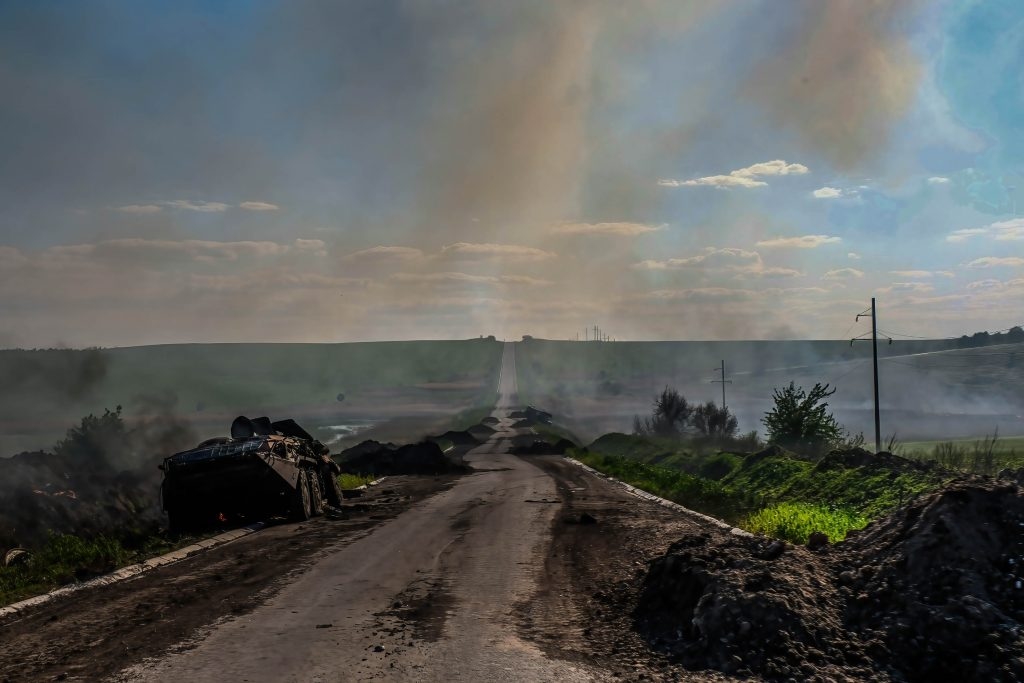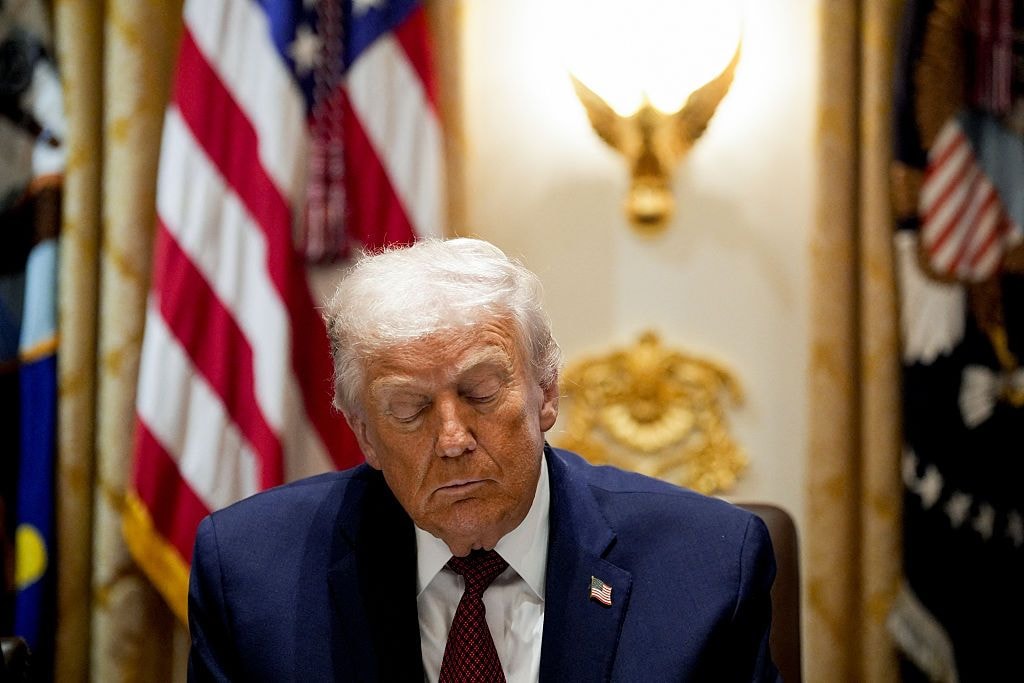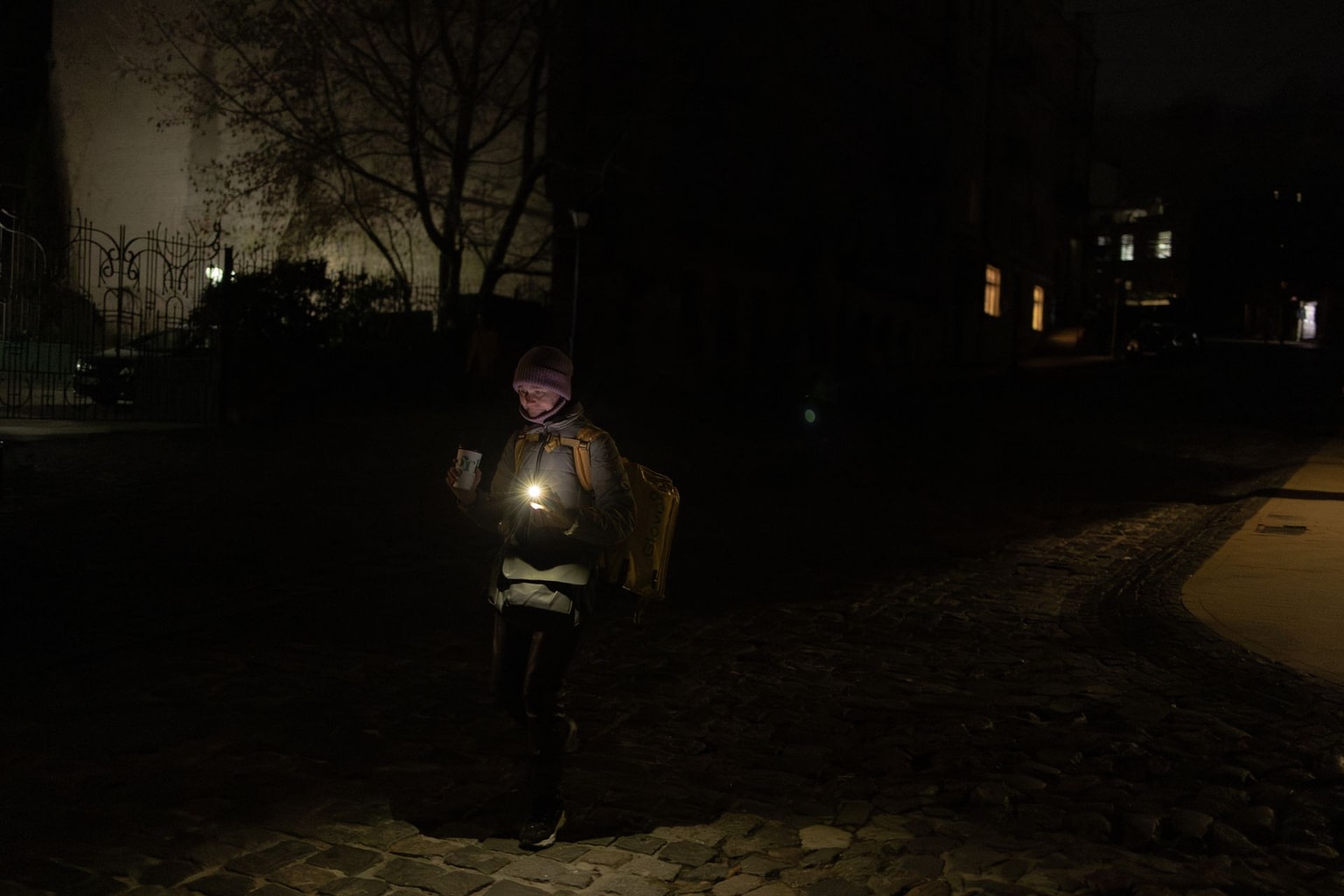In Sievierodonetsk, fierce urban battle ongoing to exhaust Russia

The Battle of Sievierodonetsk in Ukraine’s Donbas is an emotional see-saw, in which doom and gloom change to joy and hope constantly.
As Russia continues its massive offensive, there has been a seemingly inevitable possibility of the local Ukrainian grouping of nearly 10,000 troops being surrounded and defeated.
There have been calls for withdrawal for the sake of saving Ukrainian troops before it’s too late.
At one point, Russian troops were just a step away from cutting off the grouping’s key supply line. They pushed forward through the streets, rapidly advancing to the center of Sievierodonetsk.
In the first days of June, it seemed the battle was close to its tragic ending.
But by June 2, nearly 48 hours into Russia’s advance, a series of Ukrainian strikes had pushed Russian troops back to the city’s east. Ukrainian forces then retook the city’s southwestern suburbs, likely scrapping many of Russia’s costly gains.
Contrary to expectations, the Ukrainian military opted to reinforce the Sievierodonetsk garrison and continue holding the ground in costly urban warfare, where Russia struggles to maintain its combat advantage over Ukraine.
According to experts, the successful Ukrainian counterattacks are a new indication of declining Russian combat power, despite the Kremlin’s massive concentration of forces in the area.
But heavy fighting continues — and while Russia is running out of steam, the situation in the area remains very close to critical.
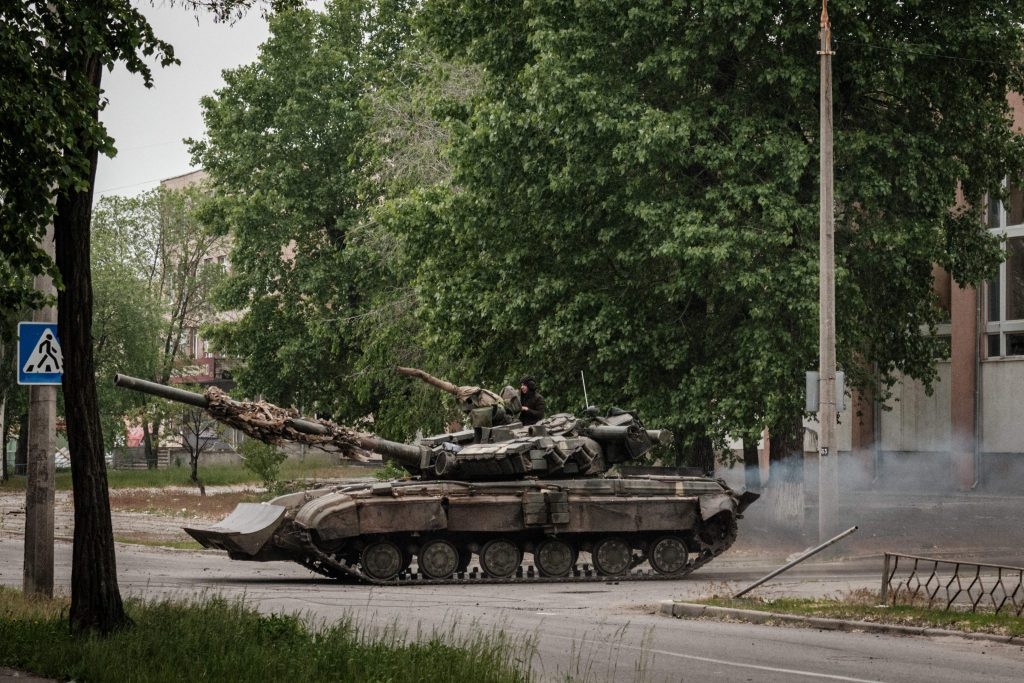
Sudden counterstrike
Russia’s dangerous progress in a bid to close the Sievierodonetsk-Lysychansk salient was prevented, at least for the foreseeable future, by late May.
A breakthrough near Popasna, a ruined town at the pocket’s southern edge brought Russian forces alarmingly close to the T1302 Bakhmut-Lysychansk highway (nicknamed “the road of life”).
Russian troops gained leverage on higher ground along the highway road, particularly near the town of Vasylivka on the border between Donetsk and Luhansk oblasts. But fresh Ukrainian reserves managed to stop the advance nearly one kilometer away from the road and prevent Russians from cutting off a key Ukrainian ground line of communication.
There's another road for supplies running to the north via the town of Siversk, but it is much less effective and is also under Russian threat.
From the north, Russia’s forces were unsuccessful in their attempts to cross the Sieverskiy Donets River and go southward to meet up with the Popasna axis. Doing so would have ultimately clamped the Sievierodonetsk trap down.
As of June 7, Russians had not made any tangible progress on either axis, even though Russia captured the town of Lyman just north of the riverside as far back as May 26.
Without surrounding the Ukrainian grouping first, Russian troops, for want of a better decision, launched an all-out frontal attack on Sievierodonetsk, threatening their earlier success in the city’s eastern edge.
Russia likely did so to meet the purely symbolic, political goal of “liberating” the whole of Ukraine’s Luhansk Oblast as quickly as possible.
According to Ukrainian intelligence, Russian dictator Vladimir Putin reportedly ordered seizing of the whole of Luhansk Oblast by June 1 and the whole of Donetsk Oblast by July 1 so the Kremlin could present at least some sort of major “victory” in its prolonged war in Ukraine.
There seemed to be little to no resistance as Russian forces very quickly proceeded to Sievierodonetsk’s center and farther to the city’s industrial zone, which constitutes close to half of the city’s territory.
But starting on June 2 and over the weekend of June 4-5, Ukrainian forces counterattacked and recaptured parts of the city. This was also confirmed by Britain’s Defense Ministry in its June 7 intelligence report on Ukraine.
According to Ukraine’s Defense Ministry, the counteroffensive went as far as driving Russian troops out of the town of Metolkino southeast of Sievierodonetsk on June 3.
The fog of war and the constantly changing situation, with districts changing hands all the time, make it extremely hard to estimate the control of terrain, creating confusing reports in the media.
But on June 7, the local administration’s head Roman Vlasenko asserted that Ukrainian forces had firm control of the city’s industrial zone, particularly the large chemical plant Azot, and a portion of residential districts.
This may constitute between 40-50% of the city’s territory.
The Ukrainian counterattack, which some observers have even called “the miracle of Sievierodonetsk,” has changed the agenda from expectations of a large Ukrainian withdrawal and a lost city to confidence in continuing the struggle — as well as preparing a new line of defense in neighboring Lysychansk.
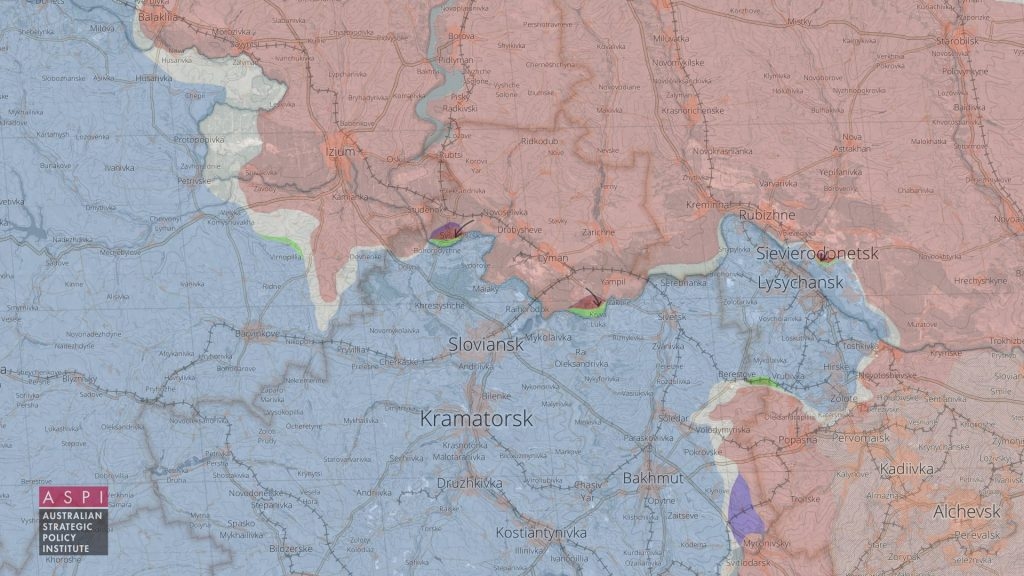
Another fortress
Ukraine continues to draw fresh reserves to Sievierodonetsk, which includes International Legion troops, regular Armed Forces, and National Guards units.
Both sides are exhausted, even though Russia has made capturing Sievierodonetsk a top priority. According to Ukraine’s command, Russia has committed close to 50% of its overall combat force in Ukraine, close to 100 battalion tactical groups, to the Sievierodonetsk-Lysychansk area.
Meanwhile, Russia has struggled to collect high-quality reserves and has had to abandon its stalled axes in Zaporizhia Oblast and Izium. According to international monitors, Russia’s progress in the area has already been very costly, and its forces have already consumed much of their overall ability to continue with offensive operations.
Russia’s drive in Donbas has gradually run out of steam over the last several days.
“The ability of Ukrainian forces to successfully counterattack in Sievierodonetsk, the Kremlin’s current priority area of operations, further indicates the declining combat power of Russian forces in Ukraine,” the Institute for the Study of War (ISW), a U.S.-based defense think tank, concluded on June 5.
“Ukrainian counteroffensive pressure will likely continue to draw the attention of Russian forces to Luhansk Oblast and therefore leave vulnerabilities in Russian defensive efforts in Kharkiv Oblast and along the Southern Axis.”
The Ukrainian command has likely decided to draw the Russian military into grinding, close combat urban warfare, where Russia is short of highly-skilled infantry and where its supremacy in terms of artillery and air support is seriously diminished. As previous months of the war have demonstrated, Russian progress in heavy urban warfare is extremely difficult.
Chances are high that the Ukrainian command opted to continue exhausting Russia’s military in the city for as long as possible. In doing so, Ukrainian forces have once again chosen a dense industrial zone as their defensive base.
Additionally, as the ISW previously noted, Russian commitment and military losses are totally out of proportion to the real strategic significance of the Sievierodonetsk-Lysychansk area. If captured, heavily ruined twin cities will not bring any substantial economic or military advantages and benefits, the think tank said on May 29.
Yet the Kremlin continues pouring manpower into the fight for the city, including poorly equipped and trained troops from occupied Donbas, just for the sake of claiming the rest of Luhansk Oblast as soon as possible.
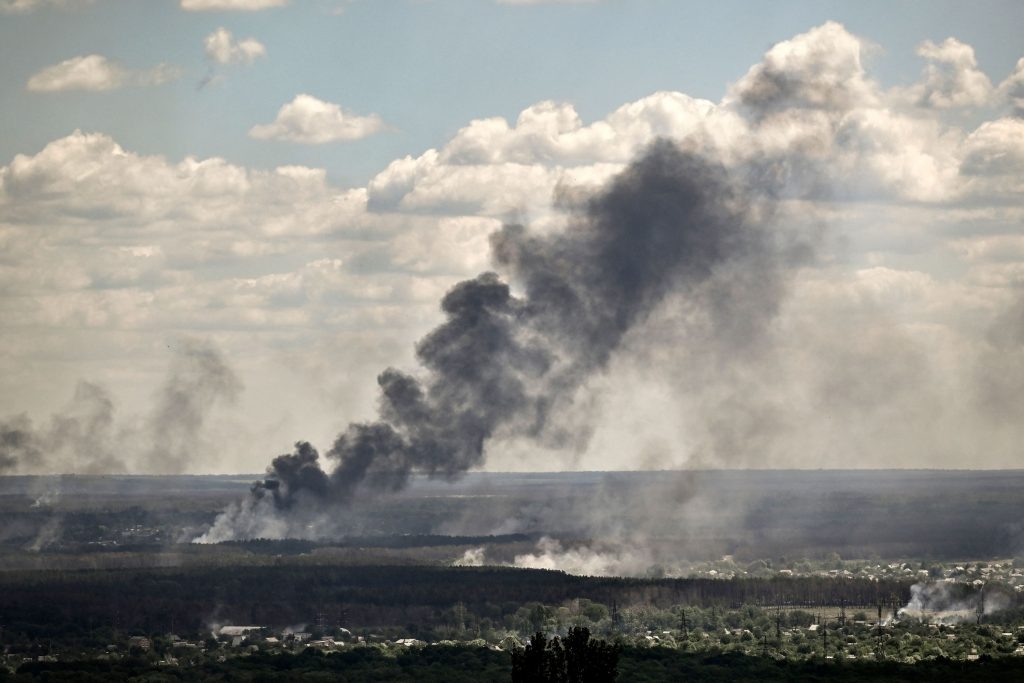
But Ukraine is not ready to give up on Sievierodonetsk that easily.
According to the Kyiv Independent’s sources in Ukraine’s command, the military also decided to throw its weight behind the Sievierodonetsk defense because the city has been the Luhansk Oblast capital since the Russian occupation of Luhansk in 2014. Besides, due to local terrain, Sievierodonetsk would be very hard to take back from Russia in a counter-offensive.
Therein lies another side of Ukraine’s defensive operation: the twin city of Lysychansk just to the west.
The Ukrainian military is also fortifying this city, which stands on higher ground as compared to Sievierodonetsk, making it a more advantageous defense point.
The twin industrial cities are also divided by the Sievervskiy Donets riverside, another natural barrier. The Lysychansk bank stands on higher ground and is rather varied, which again gives a bonus to Ukrainian defense and makes it harder and more dangerous for Russia to install pontoon crossings and gain a foothold on the other side.
Heavy fighting in the city, which has already been heavily ruined, continues.
But Russia, according to the Ukrainian command, is also continuing with its attempts to sever the Bakhmut-Lysychansk lifeline and close the pocket. And it is concentrating more and more power on these efforts.
If Russia is successful, a large Ukrainian debacle may be inevitable.
